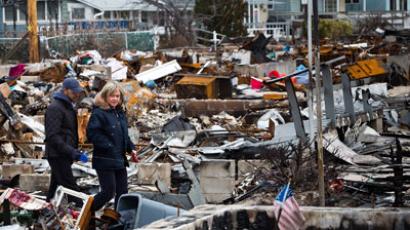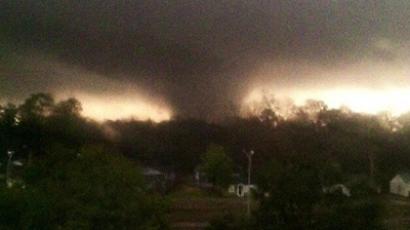US history plagued by devastating tornadoes
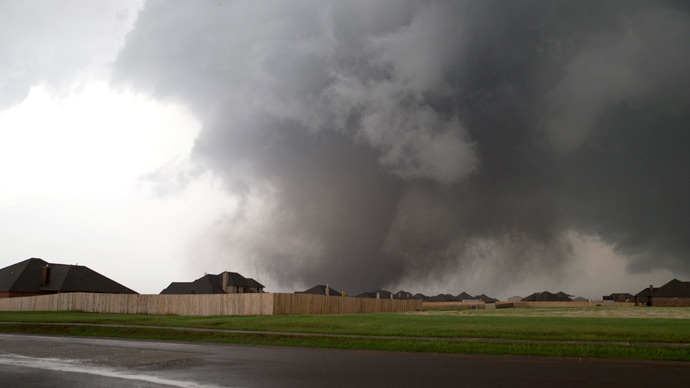
As the displaced residents of the Oklahoma City suburbs came to terms with the devastation around them Monday night pundits were already speculating that the tornado was one of the worst to ever hit the US, a dubious distinction for the newly homeless.
The most destructive twister struck Ellington, Missouri at approximately 1:01 pm on March 18, 1925.The Great Tri-State Tornado traveled through Missouri before entering Illinois and finally dissipating in rural Indiana more than three hours after the vortex was first spotted.
At least 695 people were killed in the Tri-State tornado with
another 2,027 injured and $16.5 million in damage (over $1.4
billion in today’s dollars). The tornado registered as an F5, the
highest possible on the Fujita scale. Unfortunately, like Monday’s
tragedy in Oklahoma, areas with schools were the worst hit, with
nine in all being demolished.
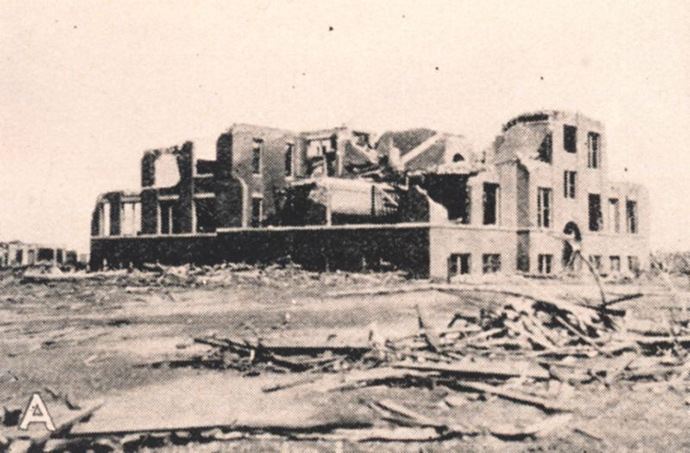
“There was a great roar,” witness Judith Cox told the St. Louis Dispatch two days after the storm hit, as quoted by Popular Mechanics. “Like a train but many times louder. ‘My God!’ I cried, ‘It’s a cyclone and it’s here.’ The air was full of everything, boards, branches of trees, garments, pans, stoves, all churning together. I saw whole sides of houses rolling along near the ground.”
The Great Natchez Tornado ranks second on the list of the
deadliest tornados to strike the US. Although there was no Fujita
scale at the time the Great Natchez Tornado is universally
recognized as another F5, tossing more than 60 boats into the
Mississippi River and drowning a total of 269 people. At least
another 48 people were killed on land when the storm tore through
Louisiana, but slave deaths were not counted at the time so the
death toll is thought to be much higher.
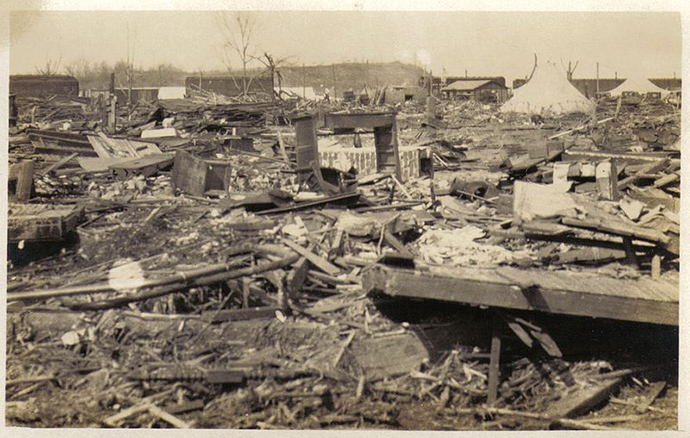
Tornado Alley is the name designated to the region of the United
States between the Rocky Mountains and Appalachian Mountains. The
third ranking on the list, the St. Louis Tornado of 1896, landed
directly in that region.
Nearly $4 billion (in 2013 currency) was caused when a violent F4
tornado swept through downtown St. Louis, killing at least 255
people. Little else is known about the storm is known because few
of the records taken survived the century since.
Decades later, seventeen tornadoes (later combined into two, the fourth and fifth deadliest ever in the US) converged on the southeastern states, hitting Tupelo, Mississippi and Gainesville, Georgia the hardest. The storms destroyed an entire 48 city blocks, 200 homes and killed 216 people in Tupelo, among the victims was an entire family of 13 people.
“My friends and I stopped in front of a store downtown when the owner came out and told use to take cover,” said Gainesville witness John Rudolph. “It was daytime but the sky was dark as night…When I woke up, I couldn’t move my leg. I waited for what seemed like hours for someone to come and help me. My leg was broken from fallen debris.”
Again, the final death toll could not be calculated because newspapers refused to calculate the deaths of non-whites. The storm trigged flash floods and a department store fire that killed 20 people seeking refuge. An infant Elvis Presley was among the survivors.













